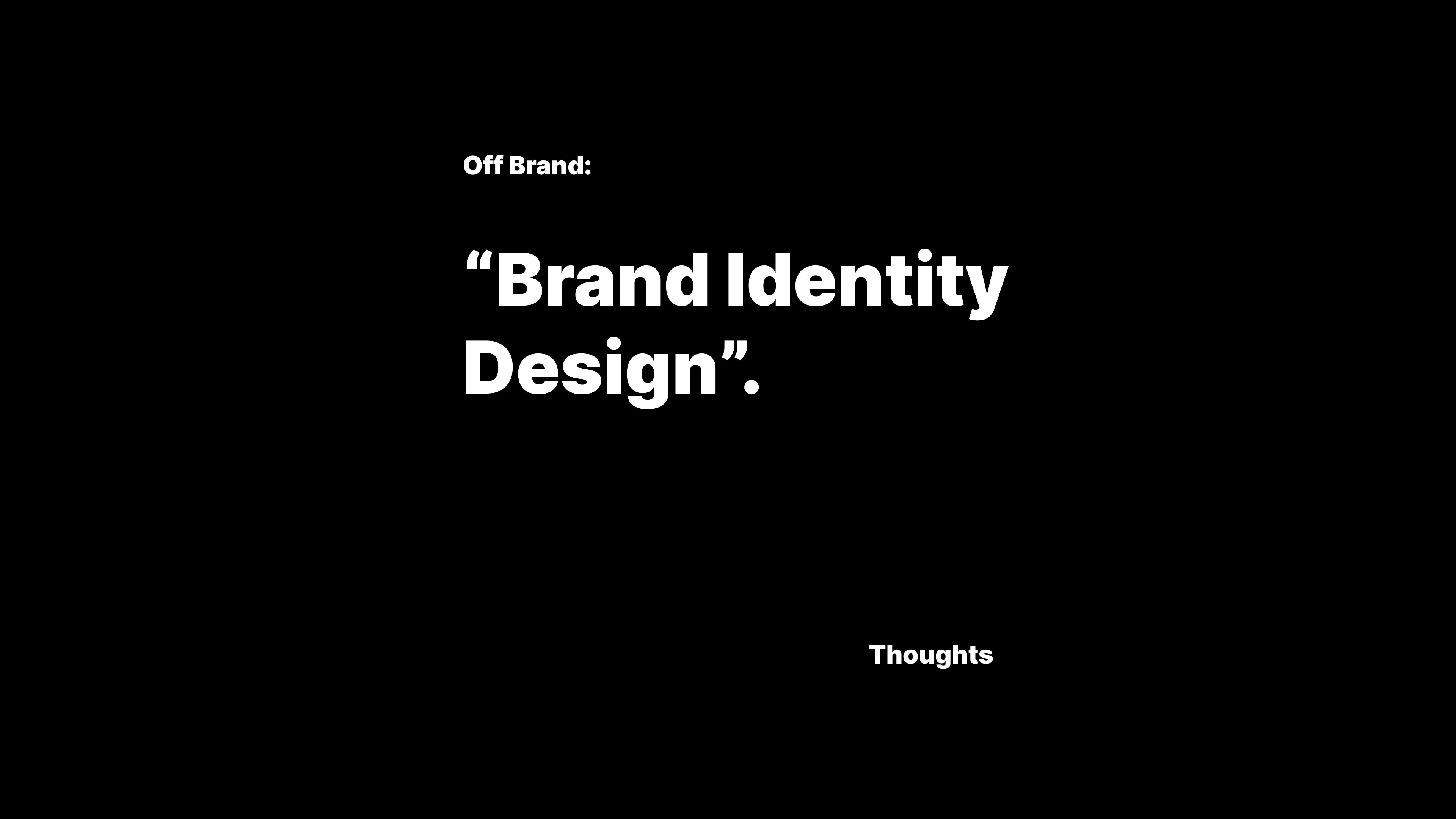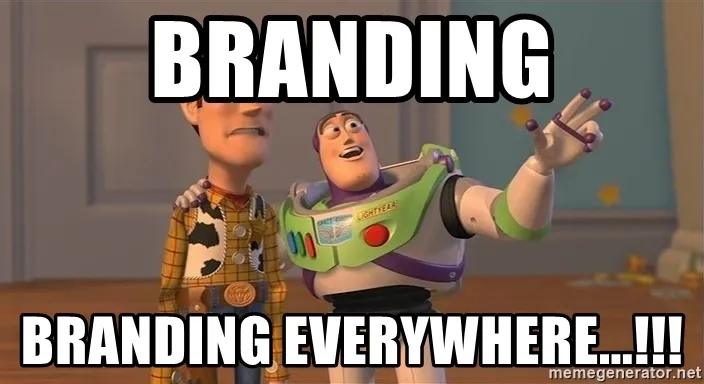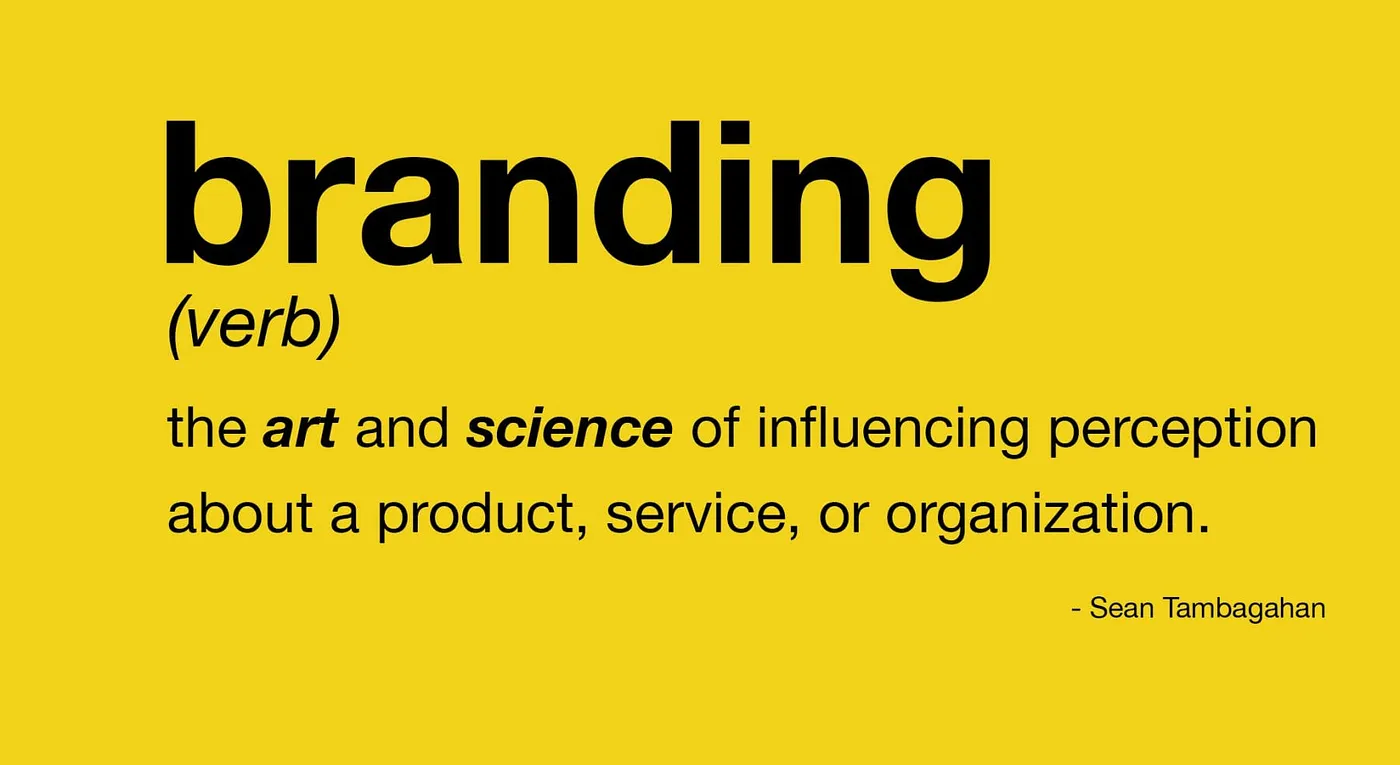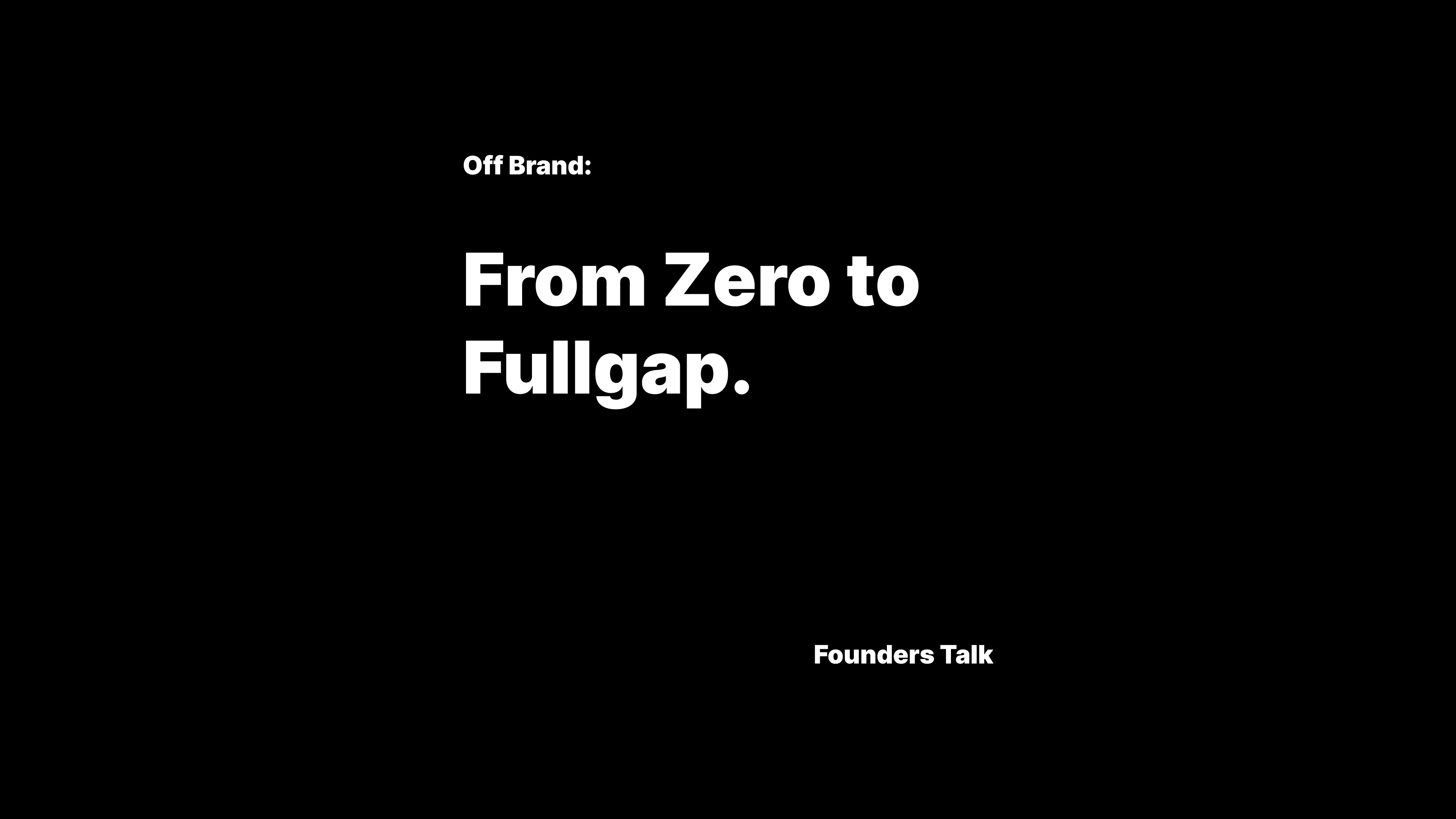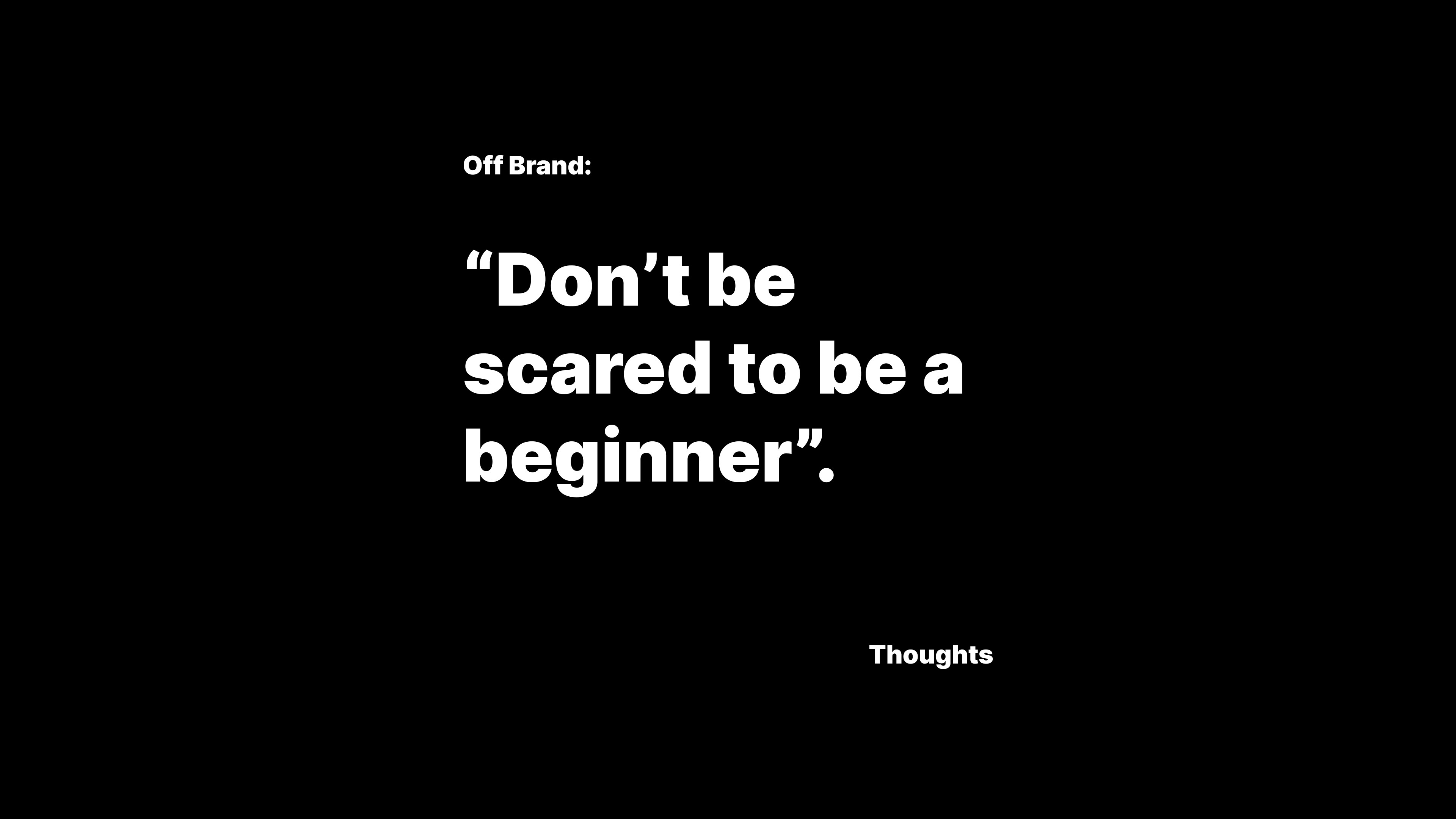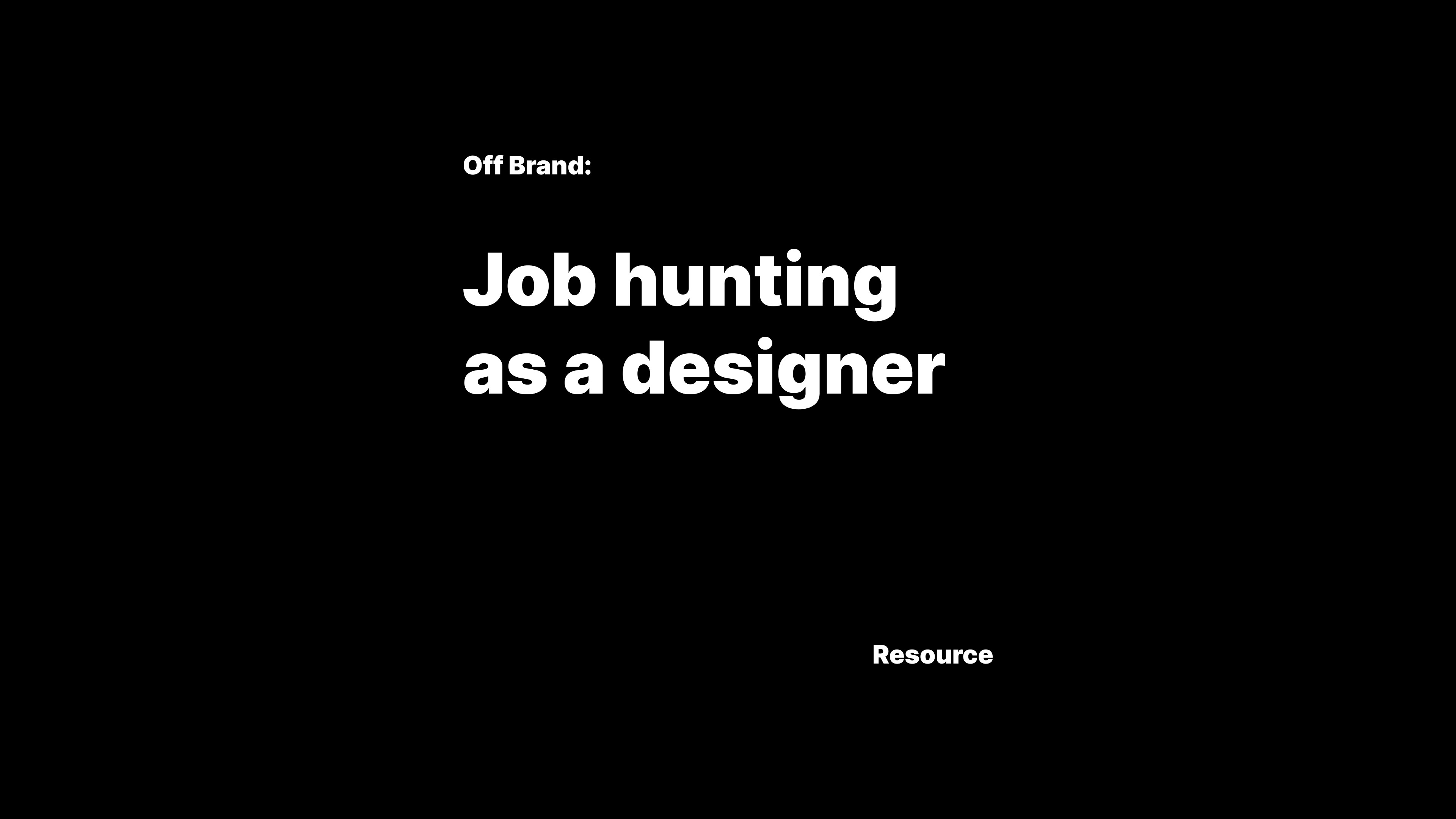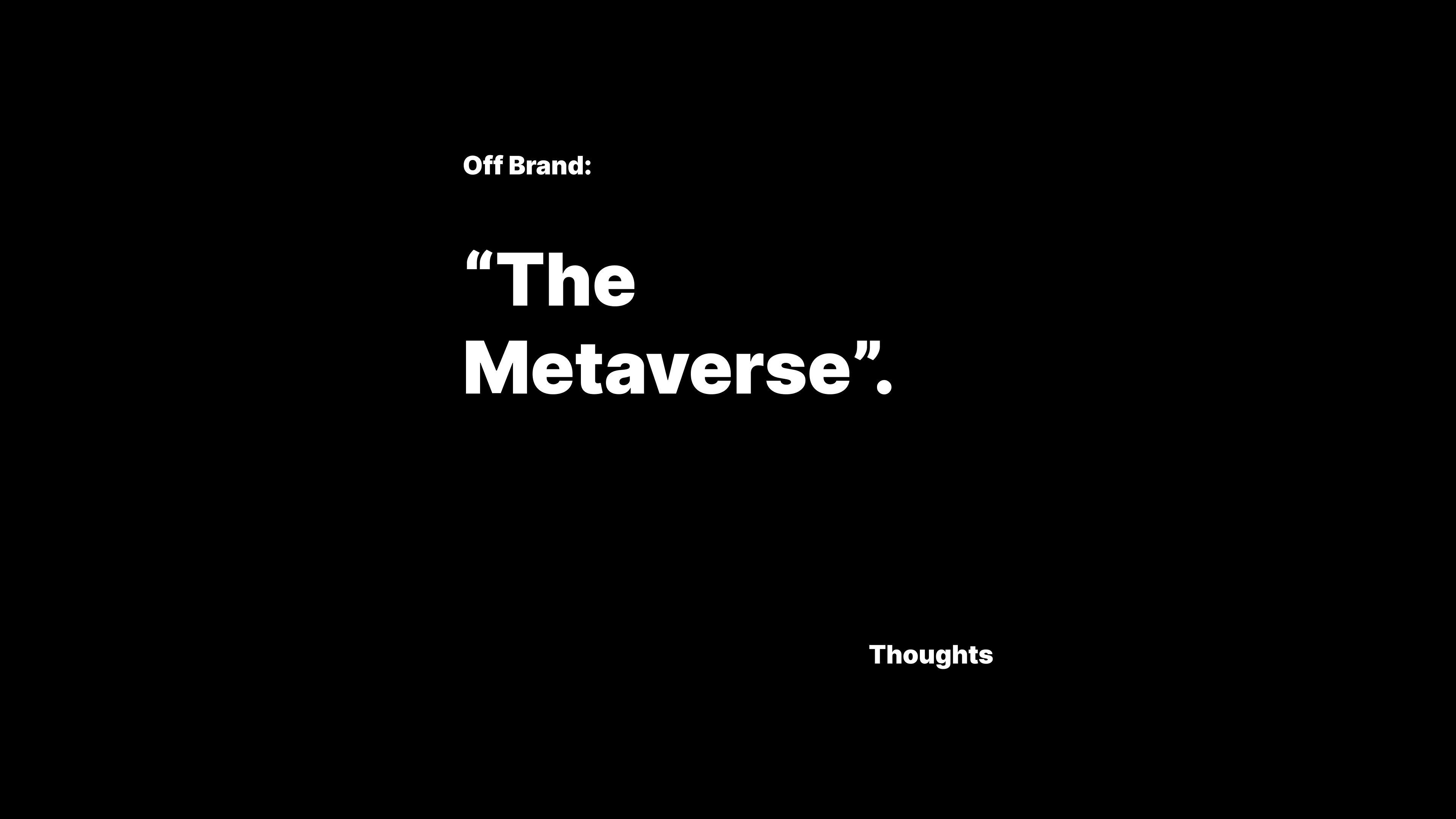As a Brand Identity designer, it’s my job every day to create unique brand identities for companies and organizations to properly position them and help them communicate with their target audience. This series aims to help designers understand the complexities around this aspect of the design industry and help business owners(most especially startups) have a better understanding of what they should expect when they are going into a branding project.
What is Brand Identity design?
Let’s break down the phrase “Brand Identity Design”.
"
A brand is the gut feeling people have about something/someone/company”
What is a “Brand”?
Marty Neumeier aptly described it as “The gut feeling people have about something”, So It helps us erase some wrong definitions, A brand isn’t the logo of a company or institution (although this plays an important role in brand design), A brand isn’t the business/company/organization itself.
“A brand is the gut feeling people have about something/someone/company”-Marty Neumeier
In the same way, we have different feelings about different people in our lives, and these feelings are founded on different things, our experience with them, the way they treat people, the way they talk, the way they dress, etc., these feelings are the different brands we have placed on different people to help us make our decisions on how to interact with them.
It also helps you screen out some marketing buzz slang like “Grow your brand”, “Create your brand”, “Brand Archetype” because you can’t grow a feeling, nor can you create a new feeling in humans but rather you can align yourself to ones they already have and just like stereotypes, “Archetypes” is a lazy way to group people into boxes and knowing how complex humans can be we know that is not possible, the same applies to companies.
You can’t grow a feeling, nor can you create a new feeling in humans rather you can align yourself to preexisting biases and feelings to evoke the desired outcome the same applies to Brands.
What is an Identity?
To properly grasp the meaning of this word, let’s do an exercise. Ask yourself what do people know you best for? What is that thing that you always do that makes people miss you when you are absent?, What is that one thing that everyone around you knows that you are not capable of doing? and finally what are those things that make people want to talk to you or stay away from you?.
The answers together form the major base of your identity around people, so without even seeing you, people will say this is John or Silvia, etc. when you couple this with other sensory aids like how you look, your clothes, your perfume, the sound of your voice, this now confirms your identity.
This approach is important because it makes you understand that the base of a company’s identity isn’t founded only on the looks(logo, color, visuals aids, typeface” etc. The common misconception among budding designers is that they do not understand this approach and then creating a unique identity becomes very difficult because they are trying to bank on only visuals.
How do you “design a brand identity”?
If you have been following, I am hoping that you have understood that a major part of the work you have to do in brand identity lies in evoking the right emotions in people.
The challenge is now to combine visual and abstract concepts to create a coherent system that is instantly recognizable at any point in time it comes in contact with the target audience and evokes the right feeling to create the desired outcome.
I’ll avoid using the conventional buzzwords in brand design to make things straightforward. First, we have to know who we are as a company, individual or company this will help us understand our personality(just as a human), and also we would have to point out what makes us different and why do we even exist in the first place, when this is done, we would have to understand where the crowd is and how we can stand out from the crowd because we want the people we are reaching out to see us and remember who we are and what we do.
This overly simplified concept is what forms the foundation of our “Brand Strategy” and It is based on this concept that we go out there to show people who we are and what makes us who we are.
A popular statement is “A brand is not what you say it is, It is what they(your target market) say it is”, while this is true, It is only a half-truth because a solid brand strategy plants the idea in the mind of the target audience to make it look as though they thought of the idea, So if you want your startup to be viewed as a fun, happy and playful but your target audience say you are boring, old school and too formal then you have to revisit the drawing board.
“For the Identity of a company to stand, There has to be a sync between what you tell the audience you are and what they say you are”.
"
The answers together form the major base of your identity around people, so without even seeing you
The reason we see Apple as a “Cool”, “Innovative” and “Elegant” company in the tech space is because they have re-iterated it to us countless times through how they speak, their design, etc. even though Samsung arguably is the more innovative of the two.
The next step lies in the sensory aspect of things, “Sensory” because a brand isn’t only limited to Visuals like logos, Colors, Patterns, and Typography. Auditory, Tactile, and even Olfactory aspects play an important role in the Brand Identity system depending on the Industry the company operates in, This is why your boyfriends and brothers suddenly rush to the television when they hear the UEFA Champions League Anthem. It’s the same reason why you can tell a Netflix movie is playing from the introductory “Tu-Dum”, The reason why you know an iPhone is ringing from its iconic ring tone and why you know you are in the Emirate Airline from the scent inside the plane.
A brand’s identity isn’t only limited to Visuals like logos, Colors, Patterns, and Typography. The Auditory, Tactile, and even Olfactory aspects play an important role in the Brand Identity system depending on the Industry in which the company operates.
In the next publication, We will look deeper into Brand Strategy, How to make Brand strategy easier to understand for both the designer and the company, and also how to make sure you are sending the right message across to your audience.
I would appreciate it if you like and share this publication, In case you have any observations, comments, and feedback, I would love to hear them.
